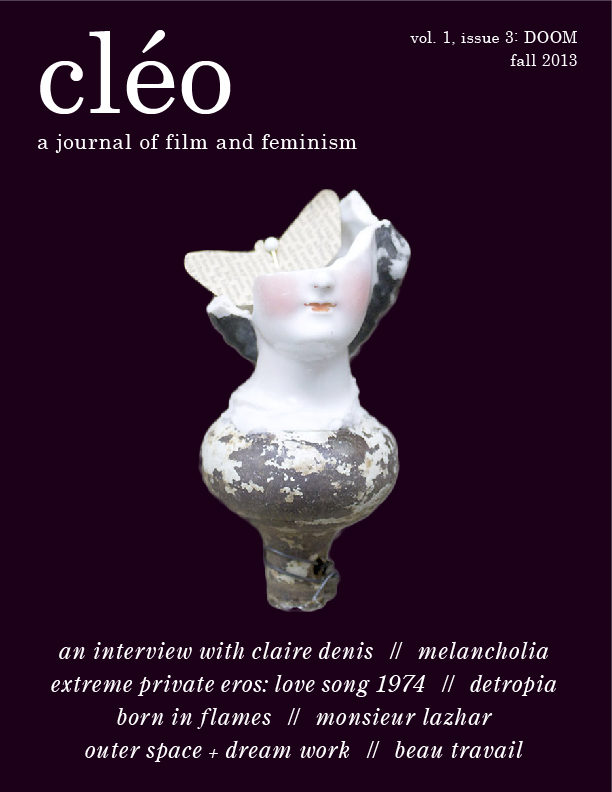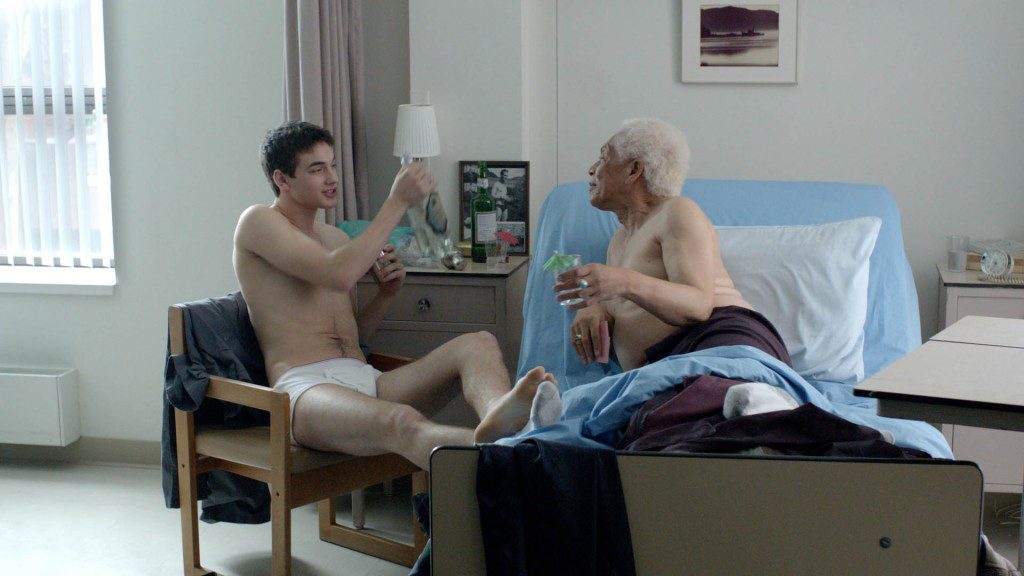Camera, Set, Activism! Ideology goes to the movies
With no place for politics in mainstream film reviews, several Canadian journals explore the messages in the medium
When Adam Nayman wrote about the Swedish version of The Girl With the Dragon Tattoo in 2009, his editor at Eye Weekly wasn’t happy. The review criticized the movie’s “fake feminism,” arguing the brutal violence against a woman was rendered moot after she beat the perpetrator even more viciously. But the editor wondered whether these criticisms were a necessary part of the alt-weekly’s review. Kiva Reardon has faced the same kind of conflict. She writes daily on film for Bell Media’s theloop.ca, but had more to say that didn’t fit within the confines of a review. Reardon launched cléo—a feminist film journal—to take on more complicated ideas, important because “the films we discuss are reflective of the larger culture of the people paying to see them.”
Cléo joins Cinema Scope, CineAction and Point of View (POV), as Canadian publications that put ideology at the centre of the discussion about film. “Movies reach enormous audiences. They export ideas,” says Nayman, associate editor at POV and Cinema Scope. “How could we not think of them in terms of their messages?”
Cinema Scope’s readers aren’t looking for a quick summary and star rating. In 1999, most film journals were academic publications out of Britain, but editor and publisher Mark Peranson thought there was a voice missing, a “new generation” of film writers or cinephiles with ideas worth publishing. Today, Cinema Scope is the Canadian film magazine with the most international clout. It covers films, festivals and documentaries from around the world, advocating for work on the peripheries of the mainstream.
Peranson works as a programmer for European festivals, where he recently toured his own film. He completed his masters in political science at Columbia and believes those who write about film should have a broad range of experience to draw from. “Philosophy or literature or folklore, you shouldn’t be narrow-minded in that sense.”
When Robin Wood started CineAction in 1985, the mandate was to examine society through radical film analysis and criticism. He’d written for Movie—a British magazine—and wrote an influential piece on Alfred Hitchcock for seminal film journal Cahiers du Cinéma. The 1980s were an exciting time: post-structuralist film theories from Britain were becoming popular, and the rise of gay liberation and feminist movements was giving way to political change. CineAction explored these developments with a critical eye, informed by Wood’s own Marxist perspectives and his identification as an openly gay man. Early issues were devoted to the discussion of “Queer Cinema,” “Feminist Film Theory” and “Politics and Film.”
Forays into politics and film can take a more subtle approach. POV magazine is dedicated to documentary in all its forms, including photography and new media. “There are lots of different things you can cover with documentary,” says POV’s editor Marc Glassman. In the past, under a broader mandate, the magazine covered independent Canadian cinema. “But it did confuse people because if we were doing independent film features, why were we choosing one as opposed to another?” Glassman says. He tended to cover independent films by Canadian women and Canadian women of colour— a statement in itself. It’s still political, now that the focus is on documentary media: the subject matter of the films offers rich material for discussion.
When Reardon is writing film reviews, she doesn’t have the word count or audience to explore ideas and political messages. “I’ve been told to tone down the feminism,” she says. Still, she won’t pretend to like a bad film. “I’ll change my tone, but not my review, to talk to a certain readership.”
In a profession with a tendency to be white and male, feminist perspectives aren’t always prevalent in film writing. Reardon proposed the idea for cléo to friends and colleagues with an email a little over a year ago; the third issue hit the web November 28th. Cléo opens the floor for feminism-informed discussion of film,through themes of doom, flesh and home.
But Cinema Scope, POV and cléo don’t carry the excitement for radical change with which CineAction began. Today, it doesn’t try to be much more than a watered-down academic journal (it removed “radical” from its cover in 1996), but the revolutionary goals of the early years reverberate within Canadian cinema today. “For me,CineAction was very formative. It was great to have that kind of outlet for political thought,” says Bruce LaBruce, a member of the original CineAction collective. Since the ‘80s, he has been creating films that explore gay issues through pornographic imagery, becoming an important name in Canadian independent and alternative film. His latest, Gerontophilia, screened at the Toronto International Film Festival this year.
LaBruce was inspired by Wood’s transformation from a married man with three children to an identifying gay man with radical thoughts on gay liberation. “I was also part of the last generation who was struggling to get out of the closet, struggling with my gay identity,” LaBruce says. He eventually turned away from the academic world of film writing, which he believed was too theoretical and insulated, to make his own movies.
Following in CineAction’s footsteps, cléo attempts to come to terms with larger political and ideological realities through film analysis. But the climate of film criticism and theory is cooling as political movements become tamer. The gay movement is no longer radical, says LaBruce. “Feminism has followed the same path. It’s become mainstream, institutionalized. It’s part of the system it was once trying to dismantle.”

















